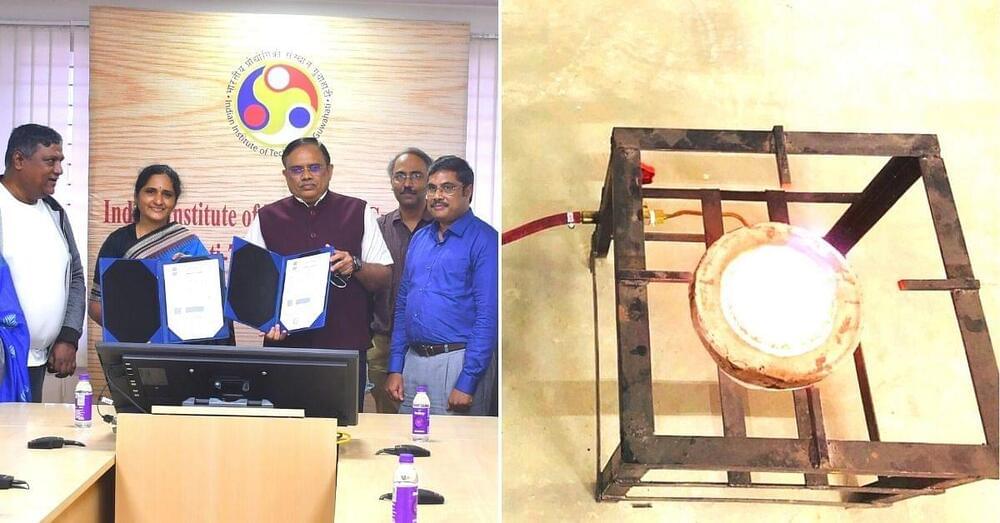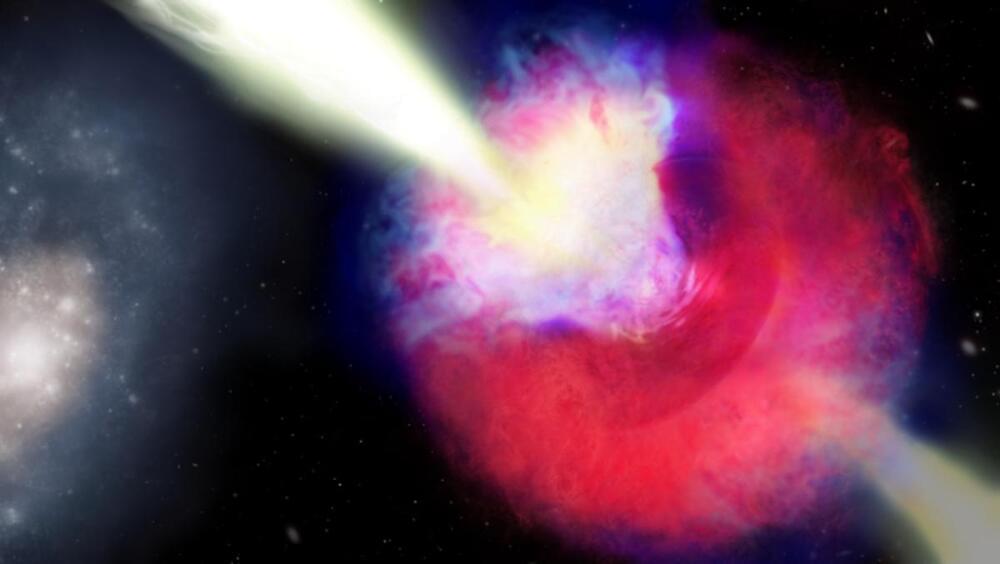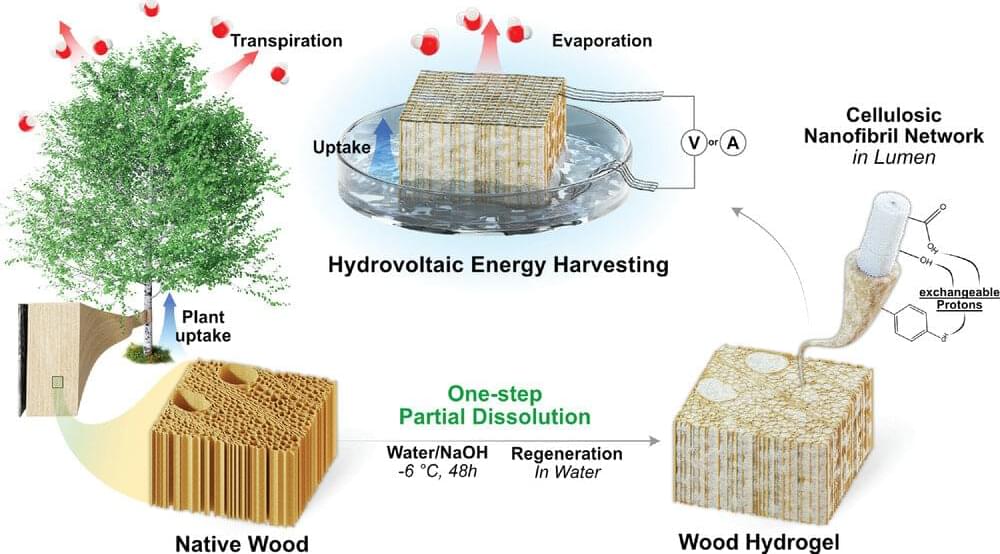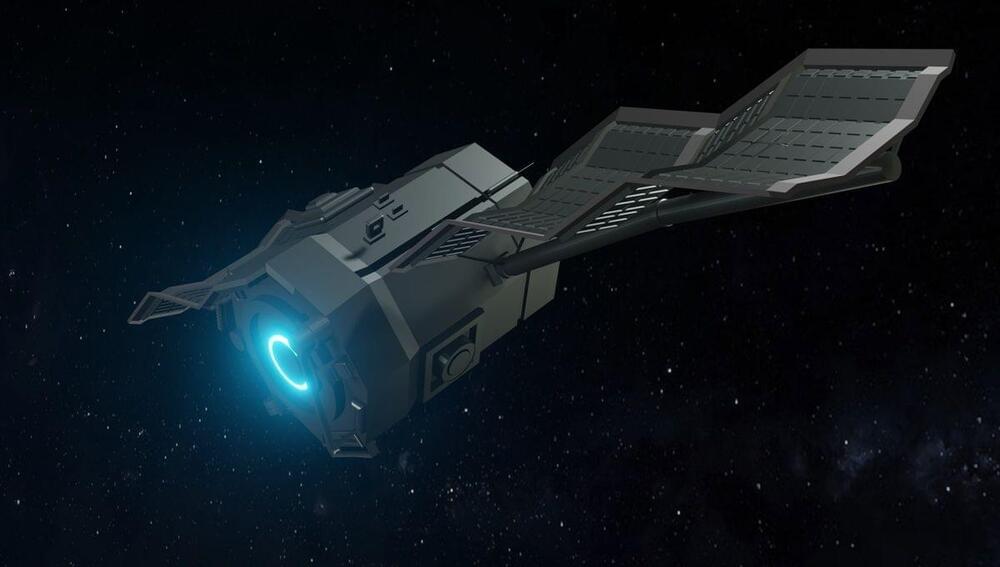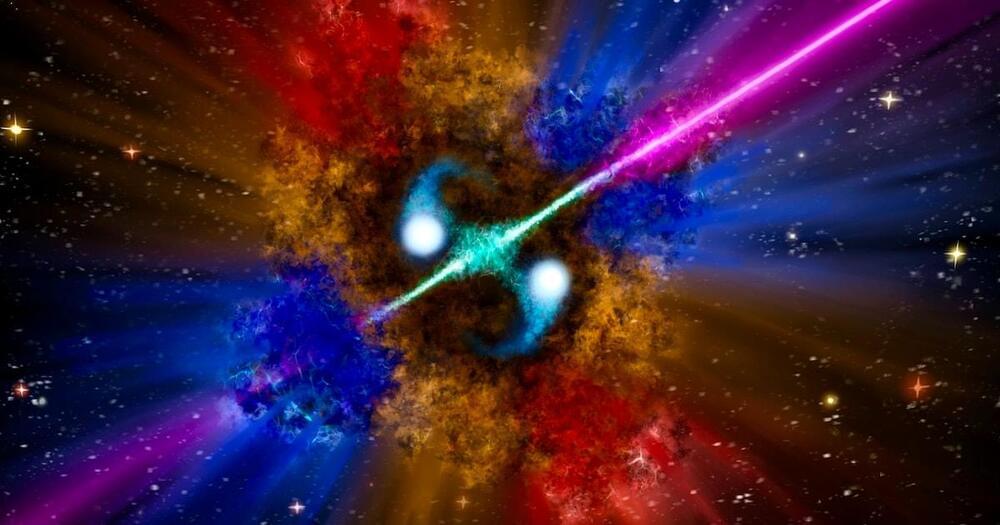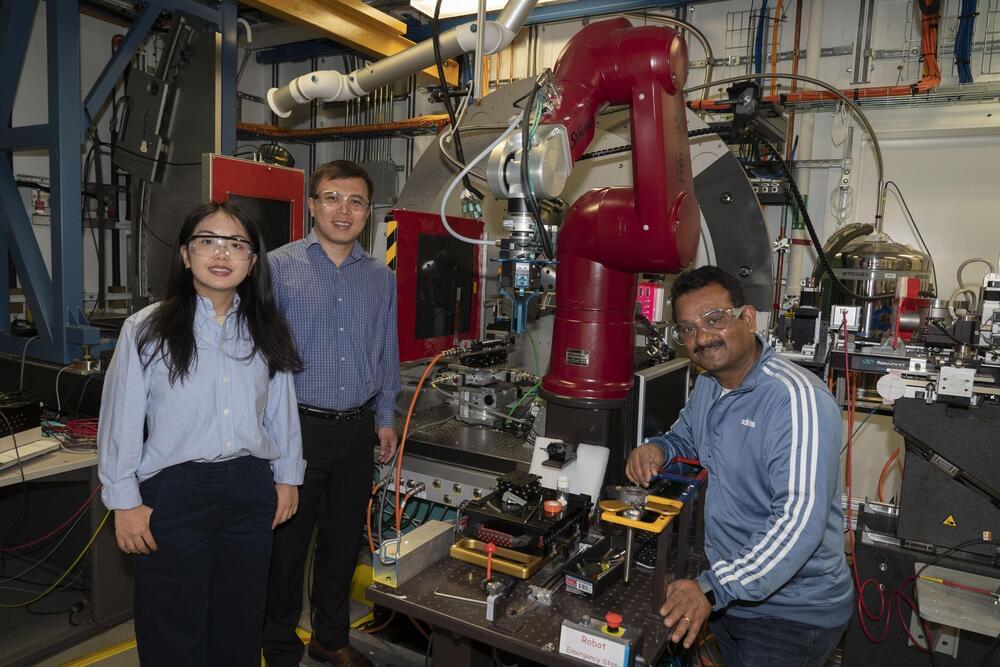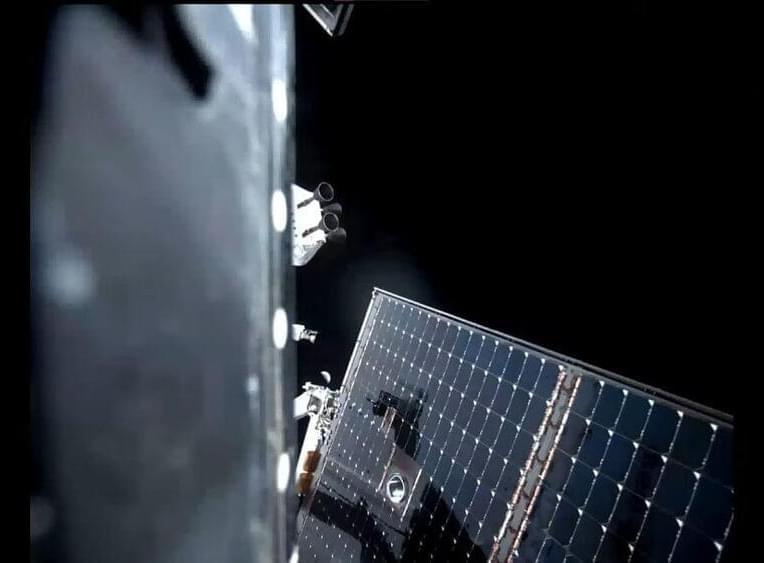A s of 1 February 2021, there are about 280 million domestic LPG (liquified petroleum gas) consumers in India, according to Union Minister Dharmendra Pradhan. By March 2022, the Government of India expects that there will be over 300 million consumers. Indian Oil, the country’s largest fuel refiner, claims that it will import 50% more cooking gas to ensure the supply of LPG remains uninterrupted for its bottling plants.
It’s imperative to find heating solutions that are more efficient.
Moreover, the Government of India has been encouraging wider adoption of LPG to replace coal and firewood to improve air quality as well. But according to researchers at IIT-Guwahati, the thermal efficiencies of conventional domestic LPG cooking stoves available in the market are low (60–68%), and emissions are high (CO: 220–550 ppm, NOx: 5–25 ppm).
